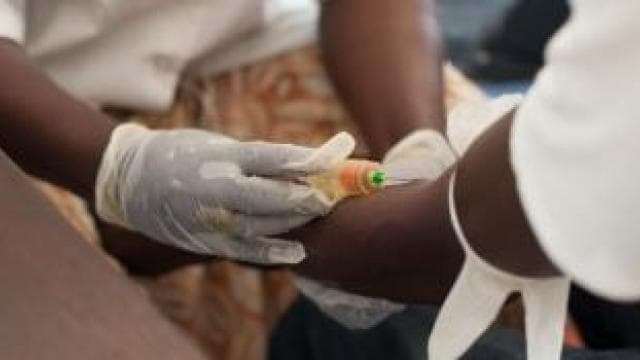Chagas Disease

- Health at Bayer
-
Pharmaceuticals
- Treatment Areas
- Innovation & Technologies
- Cell and Gene Therapy
-
Sustainability
- Patient Access Charter
- Leadership Perspective
- Strengthening Healthcare Access
- Moving Non-Communicable Diseases Care Forward
- Ensuring a Sustainable Product Supply
- Delivering Better Cancer Care
-
Empowering Women, Globally
- Boosting Family Planning Usage through Digital Channels
- Capacity building: Addressing Root Causes through Partnerships
- Impact at Scale: The Challenge Initiative
- Promoting Awareness: World Contraception Day (WCD) & the Your Life Campaign
- Providing Accessible and Affordable Contraceptives
- Enabling Family Planning in Humanitarian Settings
- Fighting Neglected Tropical Diseases
- Transparency
- News & Stories
- Personal Health
- Report a Side Effect
- Medical Counterfeits
Chagas is an infectious disease caused by single-celled parasites and transmitted to humans by blood-sucking bugs. With globalization and migration, however, Chagas disease is increasingly evolving from an endemic disease confined to Latin America to a global threat to health systems in North America and Europe.
How dangerous is Chagas disease?
If untreated infection with Chagas disease is lifelong, can cause severe organ damage and is then life-threatening.
Who is at risk?
In endemic countries (see below), people living in rural areas are at greatest risk for acquiring infection.Infection acquired from blood products, organ transplantation, or congenital transmission from infected mother to her newborn continues to pose a major threat.
How many people are affected by Chagas disease?
About 6 to 8 million people worldwide are estimated to be infected with Trypanosoma cruzi, the parasite that causes Chagas disease. Due to the lack of disease-specific symptoms, most of them do not know about their infection until many years later when serious organ symptoms occur.

Where is Chagas disease found?
Chagas disease is found mainly in endemic areas of 21 Latin American countries. Because of large-scale population movements from rural to urban areas and migration to other regions of the world, Chagas disease has been increasingly detected in the cities of Latin America, and previously non-endemic countries like the United States of America, Canada, many European and some Western Pacific countries.
How do people get Chagas disease?
Chagas disease is not transmitted from person-to-person but mainly through vector-borne transmission. The insect vectors are called triatomine bugs. After they bite and ingest blood, they defecate on the person. The person can become infected if Trypanosoma cruzi parasites in the bug feces enter the body through mucous membranes or breaks in the skin. The unsuspecting, sleeping person may accidentally scratch or rub the feces into the bite wound, eyes, or mouth.
People also can become infected through:
-
congenital transmission from an infected pregnant woman to her baby
-
blood transfusion
-
organ transplantation
-
consumption of uncooked food contaminated with feces from infected bugs
-
accidental laboratory exposure
General considerations regarding COVID-19 for people with Chagas disease can be found here.
Bayer contribution
Bayer has developed one of the two available medicines that are effective to treat Chagas disease. It contains the active ingredient Nifurtimox, which is on the WHO List of Essential Medicines. Since 2000 Bayer has been supporting the WHO meeting an increasing annual demand. Bayer is currently developing a new formulation suitable for pediatric patients and performed a large clinical study in children to generate safety and efficacy data in children 0 - < 18 years of age.











